The Ford Puma – and we’re talking about the Fiesta-based coupe from the 1990s here, not today’s Puma crossover – is an underrated driver’s car.
Combining a zingy 125hp 1.7-litre petrol engine tuned by Yamaha with an excellent chassis, lightweight body and thoroughly satisfying manual gearbox, it was one of the most enjoyable front-driven cars of its era.
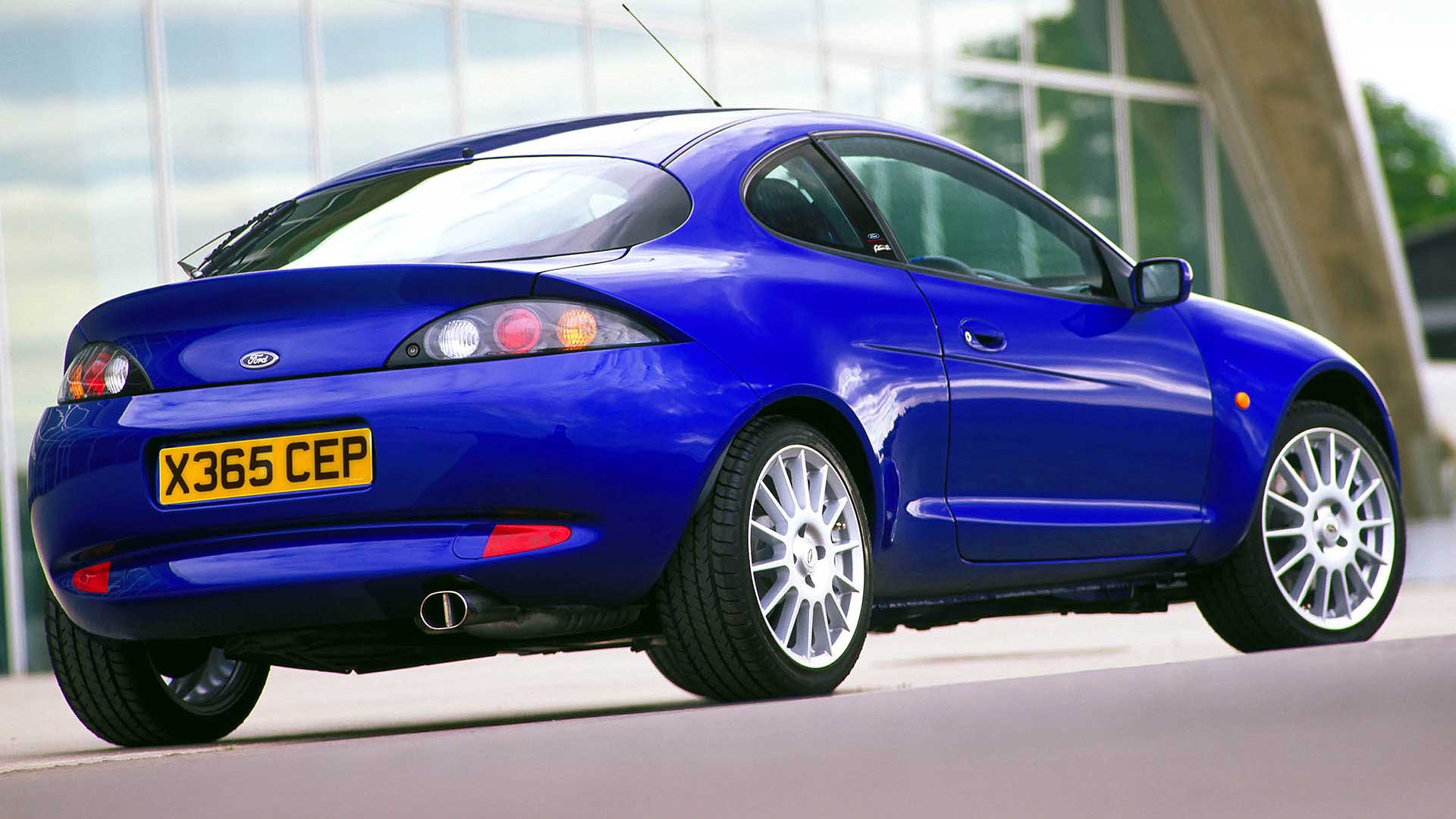
This isn’t a regular Ford Puma, however. This is the Ford Racing Puma. We’d do it a disservice to describe the FRP as a limited edition special – it’s much more than that. The car was developed by Ford Racing Europe and only 500 were sold.
What are its rivals?
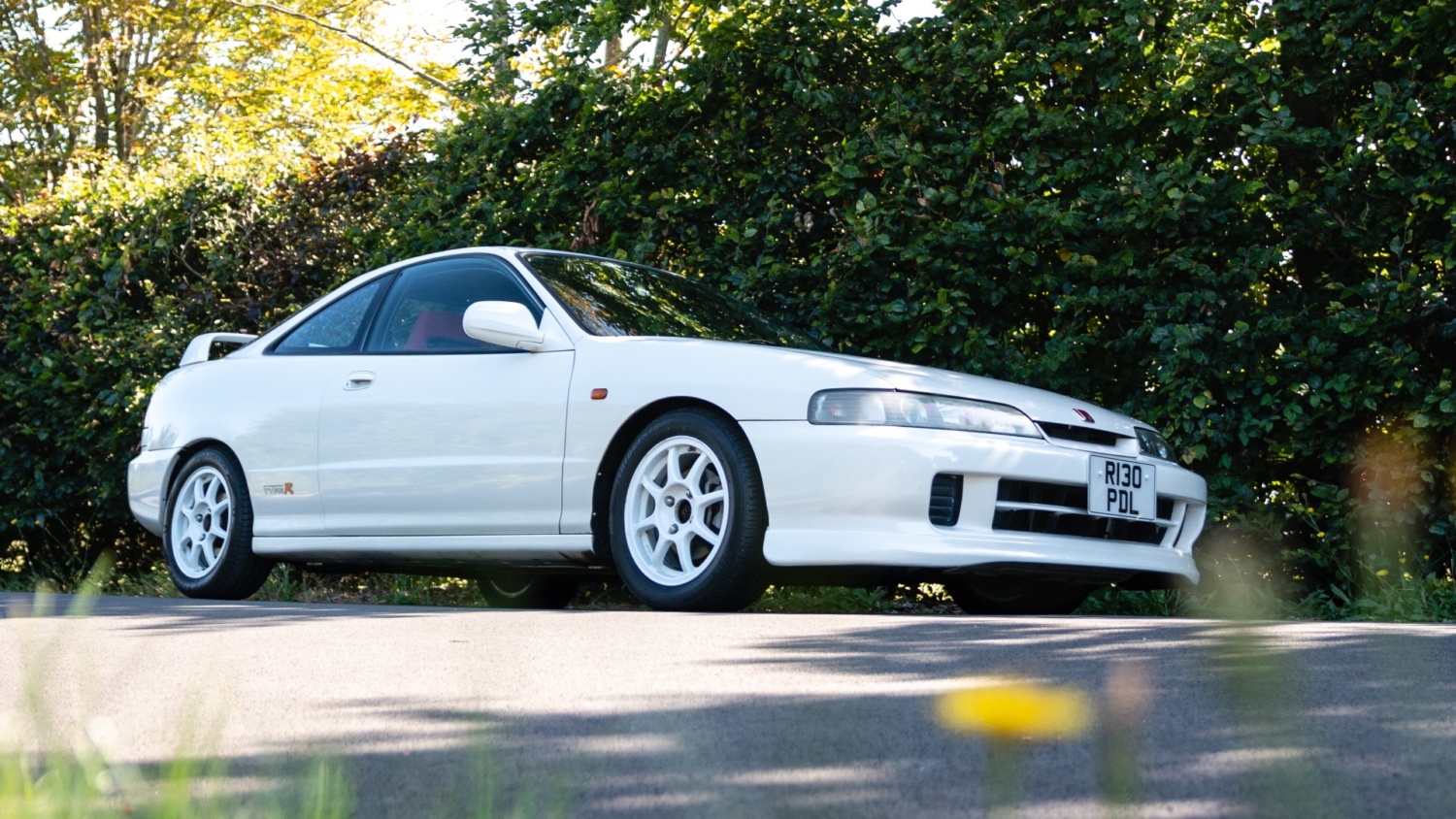
The Racing Puma was only ever meant to be sold in limited numbers. Nonetheless, Ford hoped it would shift more than it did. A production run of 1,000 cars was mooted, but lack of demand meant this was cut to 500 – with half of them reportedly sold through Ford’s management scheme as private customers simply weren’t interested.
The reason was the price. At £22,700 when new in 1999, the Puma was more expensive than rivals such as the Subaru Impreza Turbo and Honda Integra Type R (pictured above).
What engine does it use?
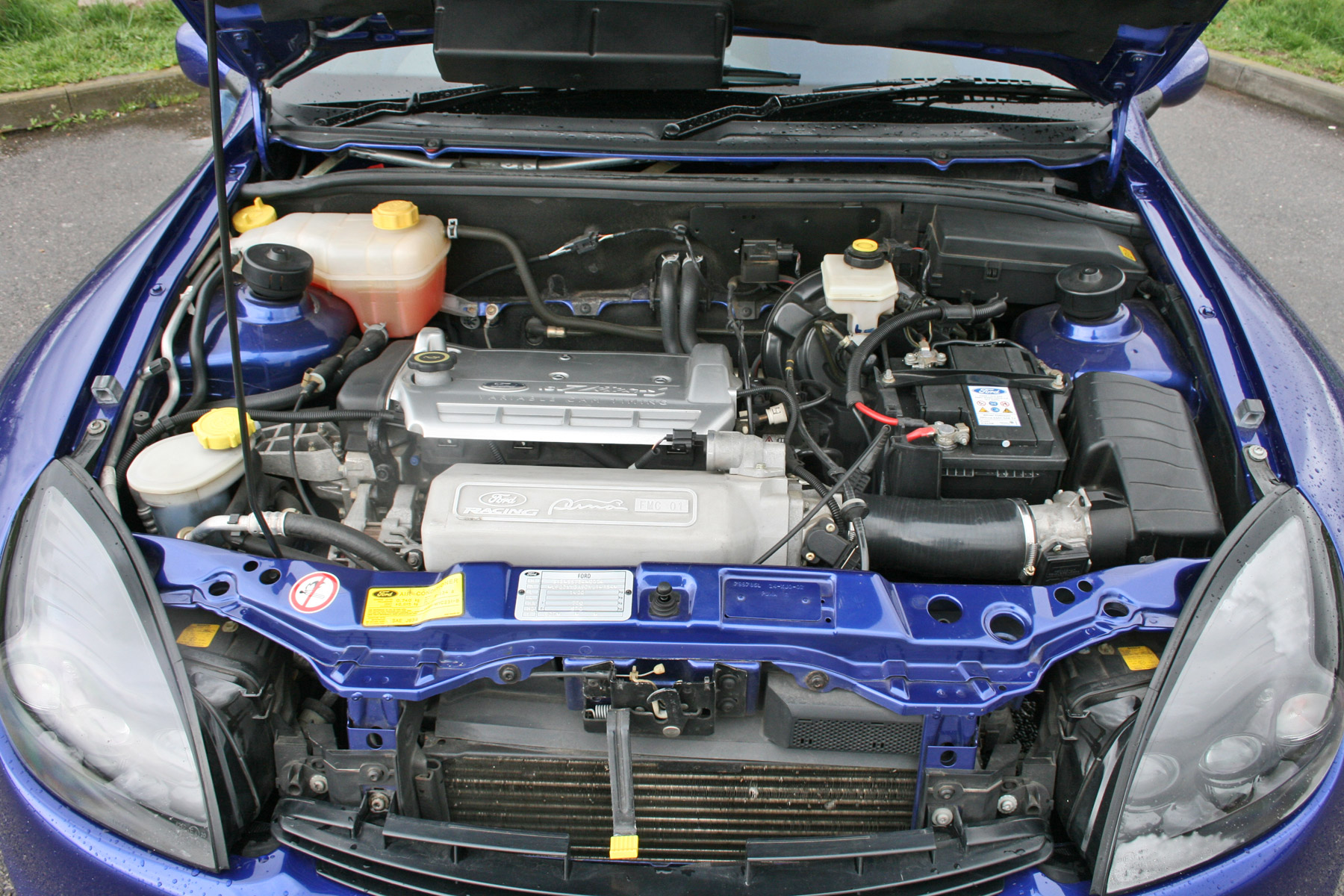
The Ford Racing Puma uses a revised version of the standard car’s 1.7-litre engine, which produces 155hp at a heady 7,000rpm. So yes, it likes a few revs.
Performance is in the realm of a contemporary hot hatchback, rather than anything spectacular. The 0-60mph sprint takes 7.9 seconds (just 0.7 seconds faster than the regular Puma 1.7), and top speed is 126mph.
What’s it like to drive?
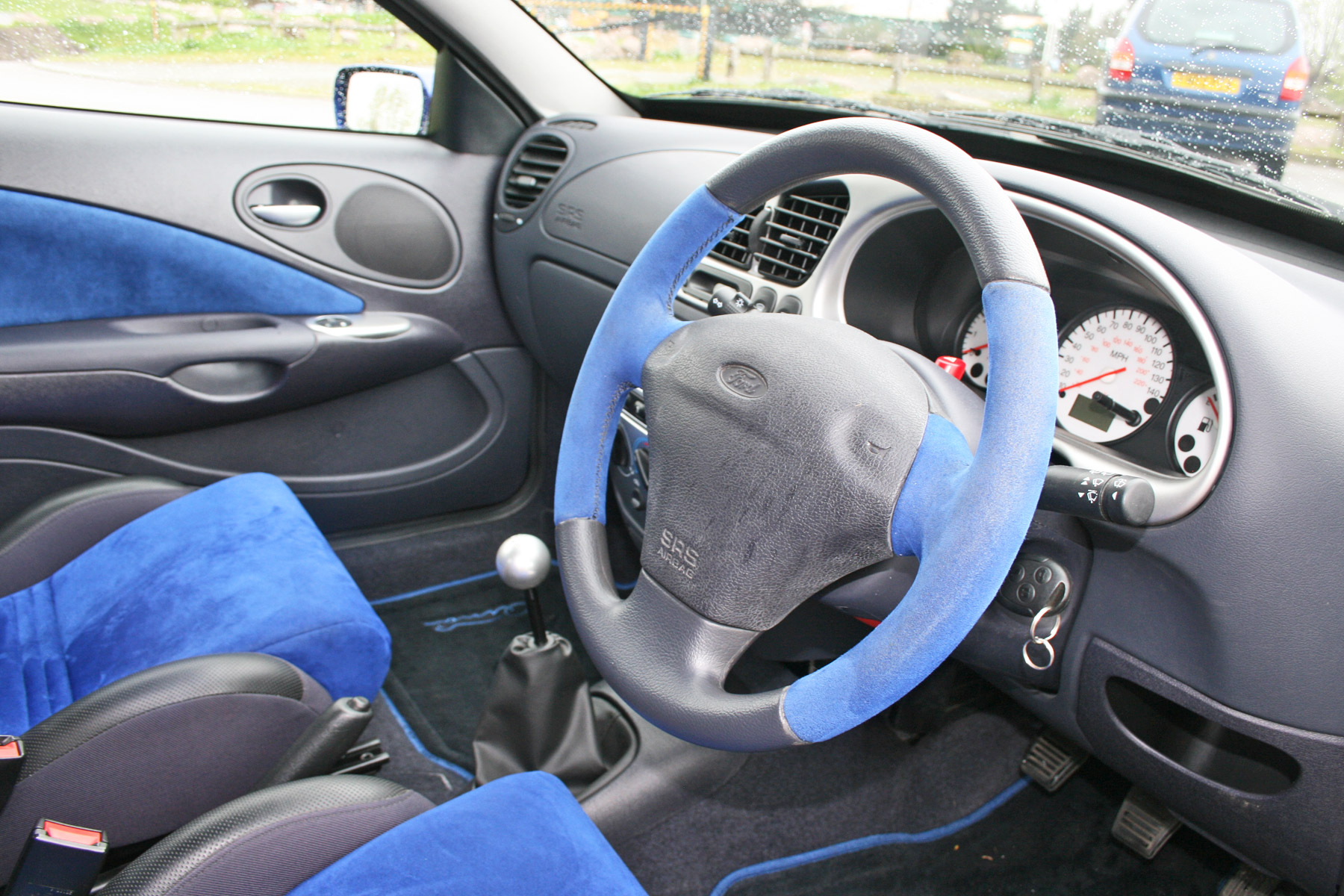
In a word: frantic. With a fair amount of power going through the front wheels, there’s only so far 1990s traction control technology can go towards defeating torque steer. But that’s all part of the fun.
At the time, journalist Tiff Needell described it as perfect for a new generation raised on computer racing games. The Puma would suit a driver, said Tiff, who was ‘constantly used to making lots of little tiny corrections to keep his imaginary car on the road’.
That feeling is exaggerated by the firm suspension. Combined with the bespoke 17-inch alloys, it makes an average British B-road feel akin to a rally stage. But if you can master its fiery nature, it’s an incredibly fun car to drive.
Its tiny, Alcantara-wrapped steering wheel offers masses of feedback, while the 215 mm-wide tyres just grip and grip. Even lifting off won’t cause the Puma to oversteer like an old-school hot hatch. There’s just a bit too much adhesion to truly steer with the throttle.
Reliability and running costs
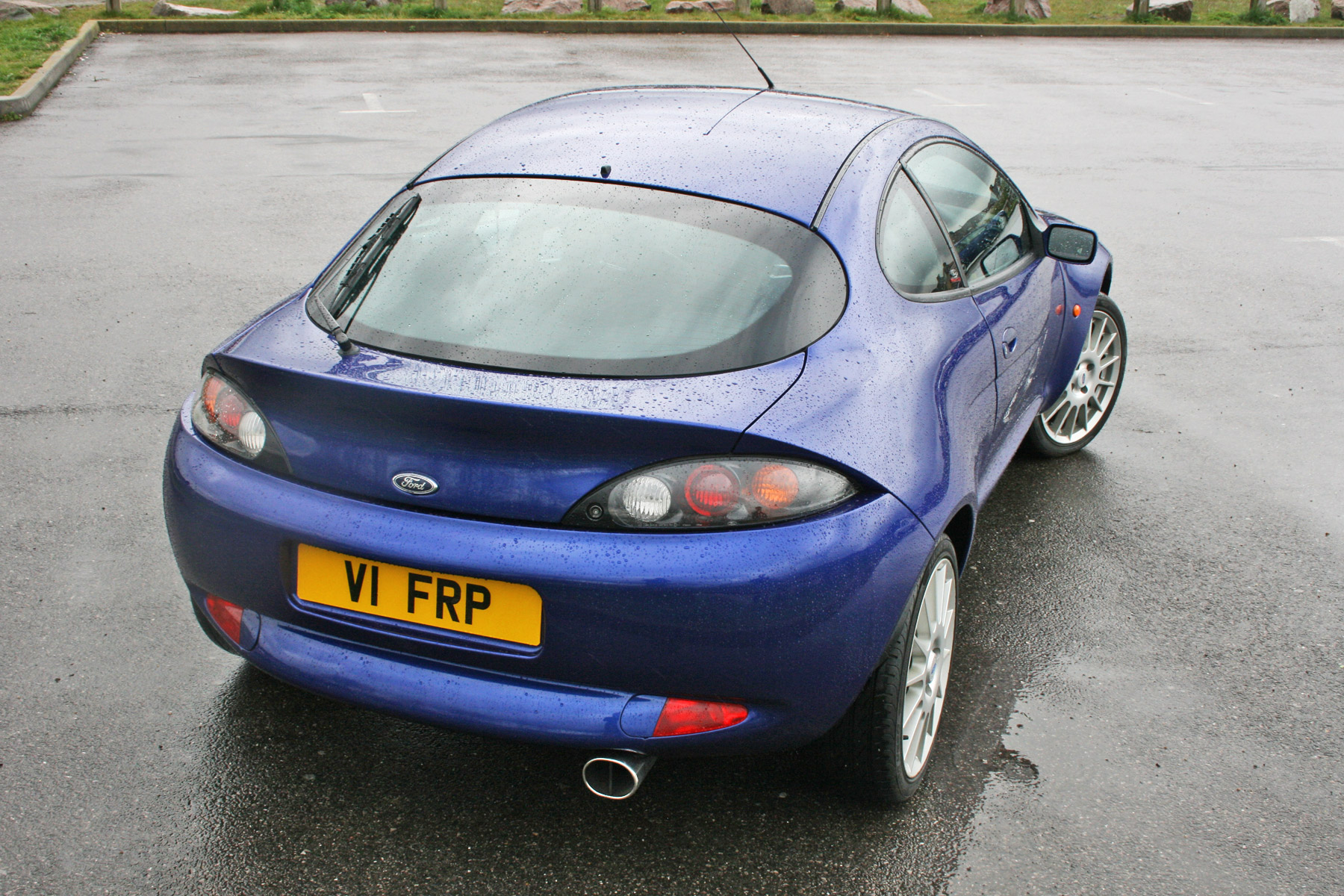
While the Ford Racing Puma should make for a fairly reliable car, you’ve got to expect a few issues as even the newest examples are now 24 years old. As with the standard Puma, look out for rust – it’ll fizz everywhere, including the sills, floorpan and wheelarches.
The Racing Puma could also prove a headache to run, due to its bespoke parts. The upgraded braking system, for example, can prove to be temperamental, and the genuine Alcon discs are no longer available.
Interiors have never been Ford’s specialist subject, and the cabin is likely to be showing its age. Good luck trying to replace any tired pieces of trim.
Could I drive it every day?
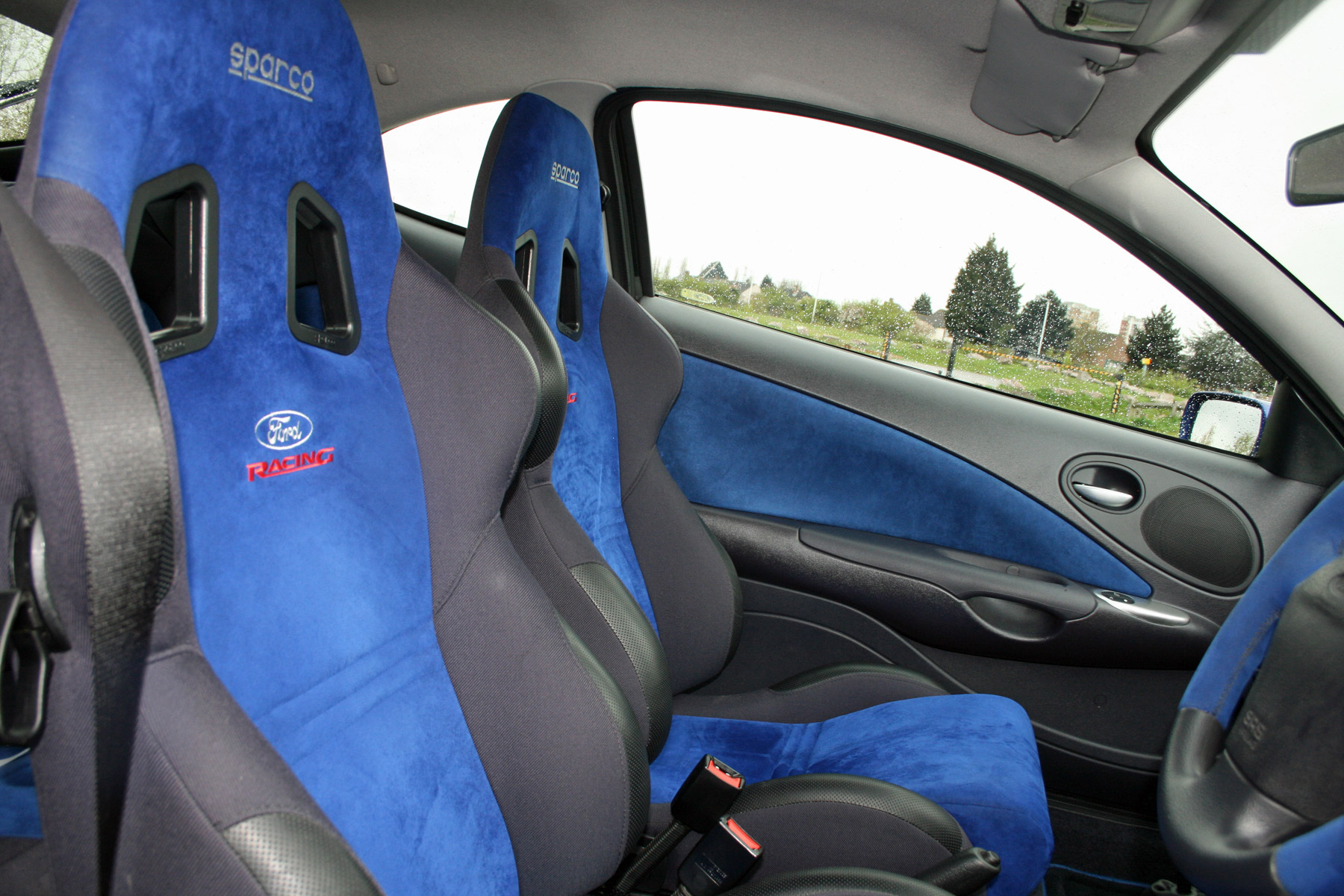
The interior is much like the regular Puma – which itself is much like the Ford Fiesta of the same period – albeit with lots of bright blue Alcantara and Sparco racing seats. The result looks slightly dated, but with air conditioning and a heated front windscreen (check it works!), it’s an easy enough place to spend time.
We’ll give the usual Retro Road Test caveat, though – would you really want to drive a Ford Racing Puma every day? With so few ever sold, and prices on the rise, it seems a bit of a shame. Much better to pamper the car and enjoy your time with it, rather than wear it down on the daily commute.
How much should I pay?
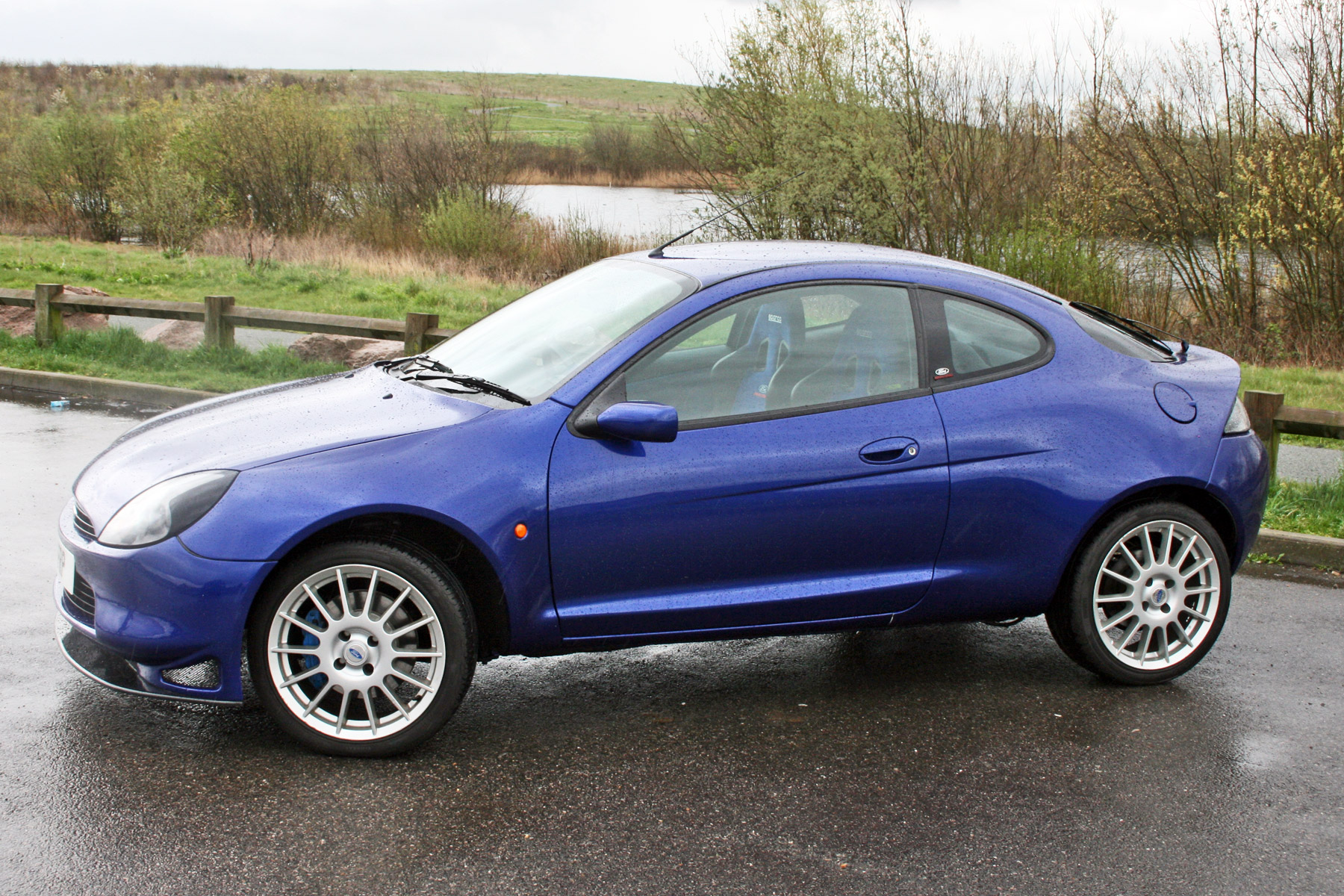
There was a time when £5,000 would get you a choice of Racing Pumas. No longer. The main challenge now is actually finding one for sale.
If you do, reckon on £10,000 for a scruffy example, but you’ll spend as much as £30,000 on a cared-for car with plenty of service history. Struggling to justify that kind of money on a Puma? Just think: how much would it be worth if Ford had given it an RS badge?
What should I look out for?
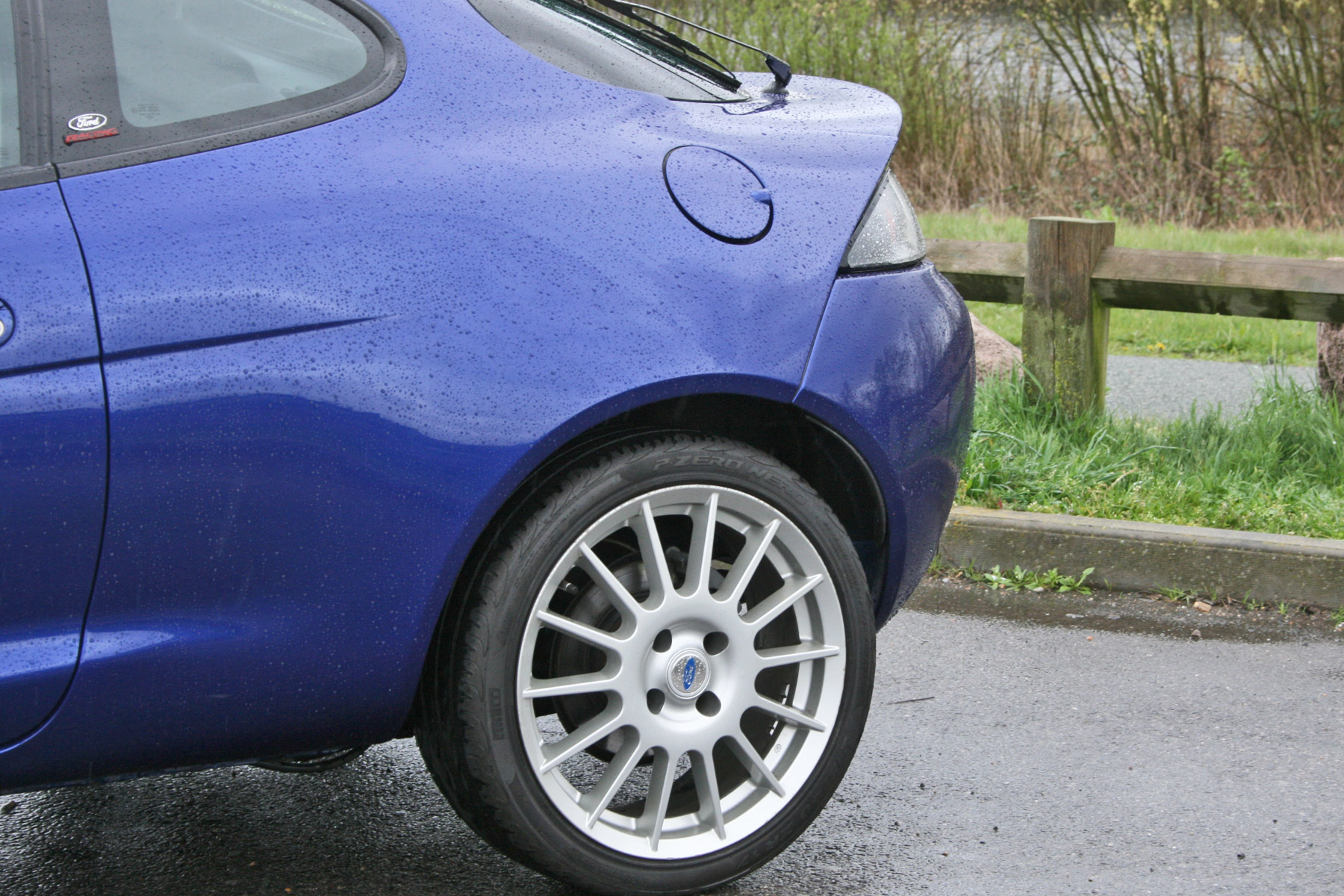
As we’ve mentioned, rust is the number one Ford Racing Puma killer. Crawl underneath the car with a screwdriver and a magnet, and walk away if you find excessive bubbling along the sills. The cost of repair could be more than the car is worth.
That aside, you’ll want signs that it’s been looked after. That means a thick history folder, four matching premium-brand tyres and, ideally, not too many miles on the clock.
Should I buy one?
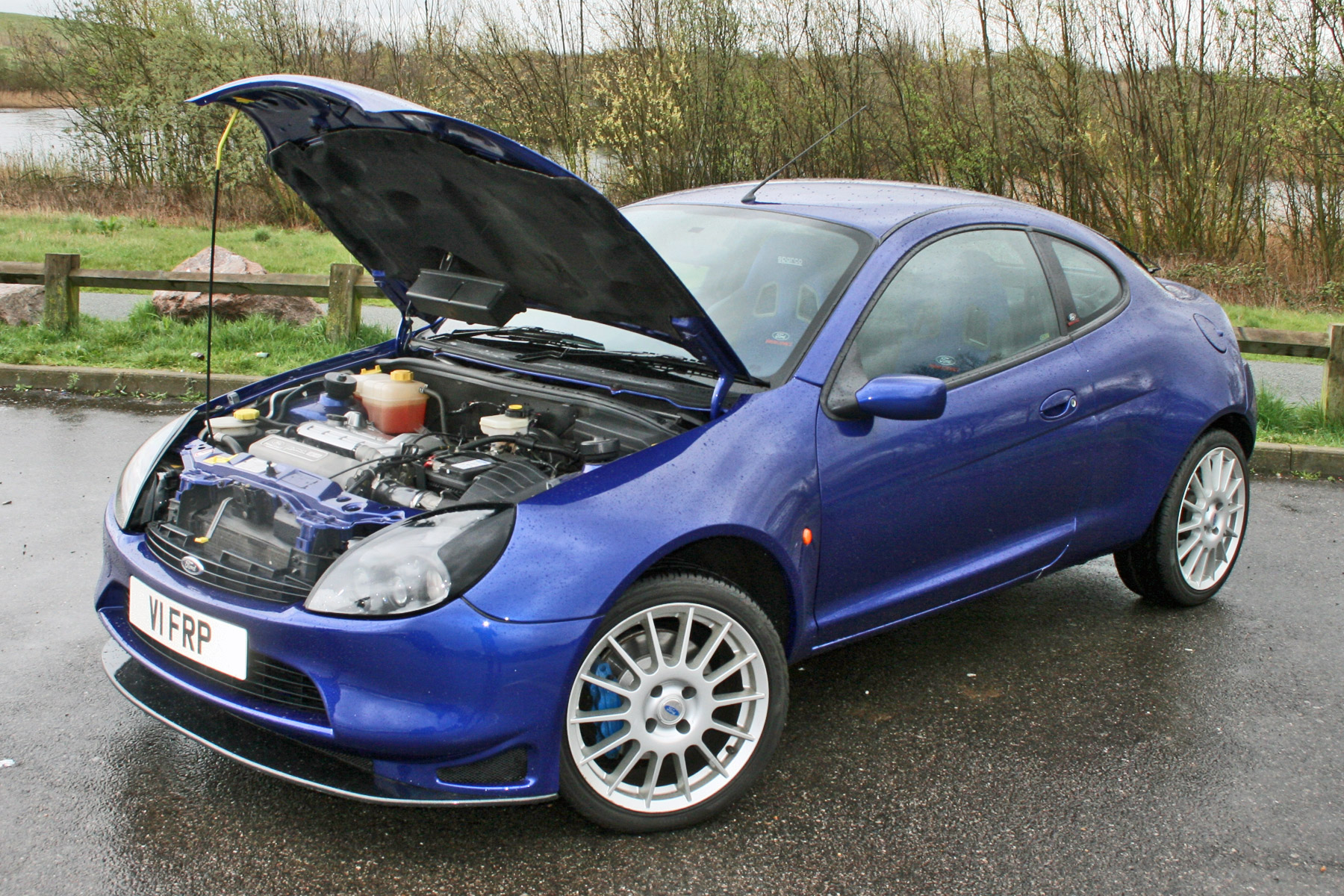
On paper, it’s perhaps difficult to justify a Racing Puma when you can pick up a regular model, which isn’t much slower, for a fraction of the price.
However, this really is a special car to drive – one of the best handling front-drivers ever sold. And a good example is only going to go up in value. Think of it as an investment.
Pub fact
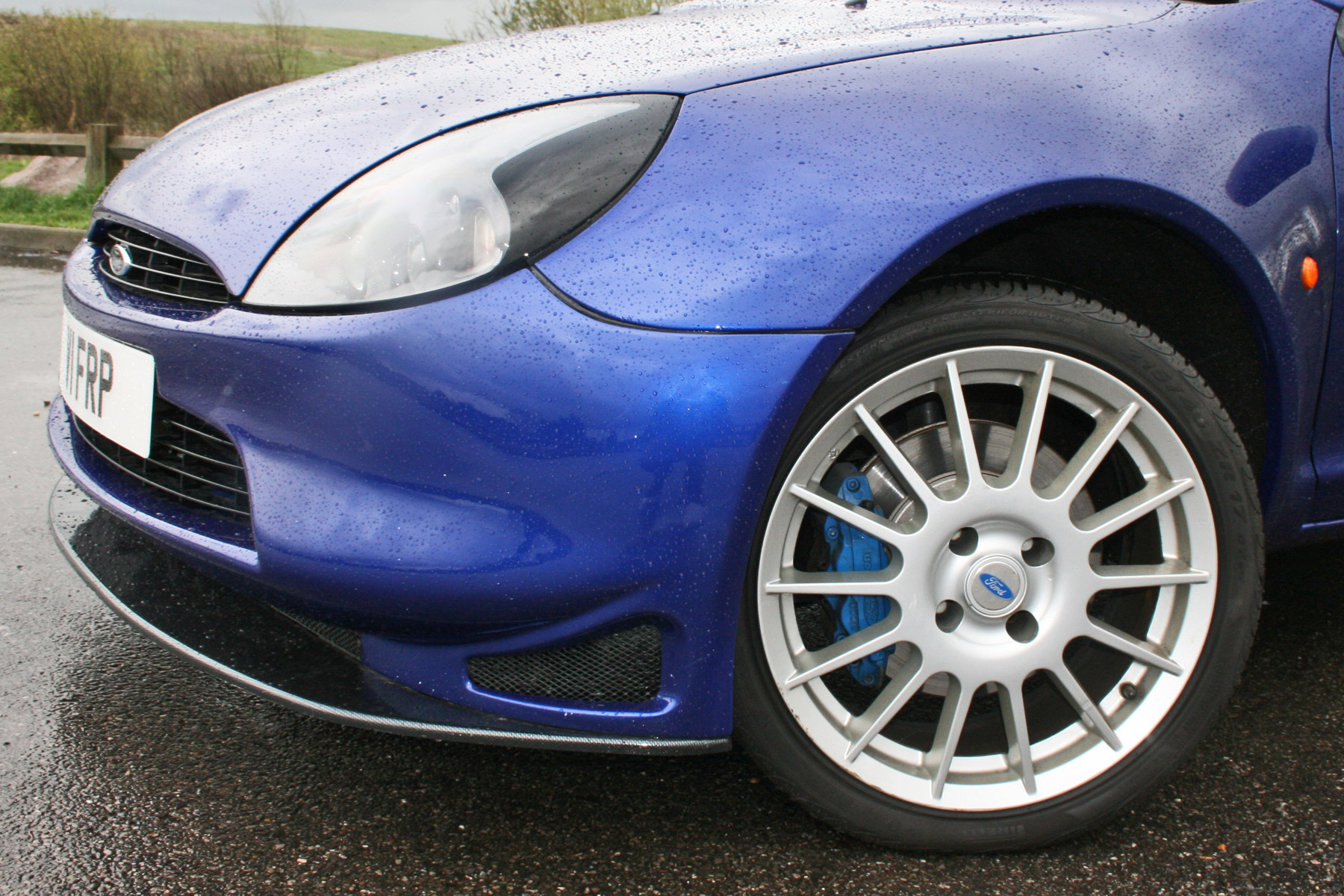
If you want the ultimate in tenacity and front-wheel-drive handling, seek out a Racing Puma fitted with a limited-slip differential.
It was available as a factory extra, but only 80 out of the 500 customers ticked that option box – partly because many examples of the FRP were standard cars sold to Ford managers. It is possible to retro-fit a diff, however.
ALSO READ:
TV star Lotus Cortina reunited with its delighted owner


